A Random Walk Down Wall Street: The Time-Tested Strategy for Successful Investing
$17.94
| Author(s) | |
|---|---|
| Product Type |
Ebook |
| Format |
|
| Skill Level |
Beginner to Intermediate |
| Pages |
452 |
| Publication Year |
2007 |
| Delivery |
Instant Download |
“A Random Walk Down Wall Street” by Burton G. Malkiel is one of the most influential and enduring books ever written on investing, market efficiency, and long-term wealth building. First published in the 1970s and updated across multiple decades, this classic work challenges the belief that markets can be consistently beaten through stock picking, market timing, or technical forecasting.
Malkiel introduces readers to the concept of the Efficient Market Hypothesis (EMH), arguing that asset prices already reflect all publicly available information. As a result, short-term trading strategies, chart patterns, and expert forecasts tend to underperform simple, low-cost investment approaches over time. The book systematically dismantles popular investment myths, speculative manias, and “sure-thing” strategies that repeatedly fail investors across generations.
Rather than promoting complexity, the book advocates discipline, diversification, and patience. Malkiel explains why broad market index funds, asset allocation, and long-term holding strategies offer the highest probability of success for most investors. He also covers bonds, real estate, behavioral pitfalls, and modern portfolio theory, making the book a comprehensive guide to prudent investing.
“A Random Walk Down Wall Street” is not a trading manual; it is a foundational investment philosophy. It equips readers with the intellectual framework needed to avoid speculation, reduce costs, manage risk, and build sustainable wealth over decades—making it essential reading for investors who value evidence over hype.
✅ What You’ll Learn:
- Why stock prices are largely unpredictable in the short term.
- The core principles of the Efficient Market Hypothesis.
- How speculative bubbles and market manias mislead investors.
- Why professional fund managers often underperform the market.
- The power of diversification and asset allocation.
- How index investing reduces costs and improves long-term outcomes.
- The role of bonds, real estate, and alternative assets in portfolios.
- Common behavioral mistakes that destroy investment returns.
💡 Key Benefits:
- Builds a rational, evidence-based investment mindset.
- Protects investors from costly speculation and overtrading.
- Encourages long-term discipline instead of emotional decision-making.
- Simplifies investing without sacrificing effectiveness.
- Suitable for retirement planning and lifetime wealth accumulation.
- Remains relevant across market cycles and economic regimes.
👤 Who This Book Is For:
- Beginner investors seeking a solid foundation in investing.
- Long-term investors focused on wealth preservation and growth.
- Professionals questioning active management and market timing.
- Readers interested in market history and investment philosophy.
- Anyone who wants a clear, rational alternative to speculative trading.
📚 Table of Contents:
- Firm Foundations and Castles in the Air
- The Madness of Crowds
- Stock Valuation from the Sixties through the Nineties
- The Biggest Bubble of All: Surfing on the Internet
- Technical and Fundamental Analysis
- Technical Analysis and the Random-Walk Theory
- How Good Is Fundamental Analysis?
- A New Walking Shoe: Modem Portfolio Theory
- Reaping Reward by Increasing Risk
- Behavioral Finance
- Poshots at the Efficient-Market Theory and Why They Miss
- A Fitness Manual for Random Walkers
- Handicapping the Financial Race: A Primer in Understanding and Projecting Returns from Stocks and Bonds
- A Life-Cycle Guide to Investing
- Three Giant Steps Down Wall Street
A Random Walk Down Wall Street: The Time-Tested Strategy for Successful Investing By Burton G. Malkiel
17 reviews for A Random Walk Down Wall Street: The Time-Tested Strategy for Successful Investing
Clear filtersOnly logged in customers who have purchased this product may leave a review.

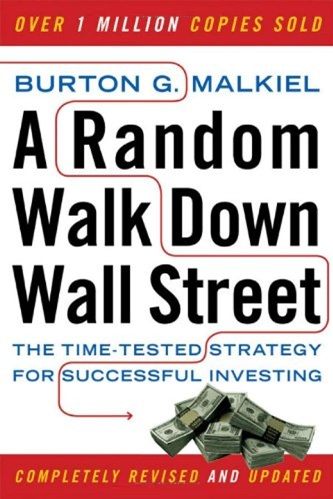
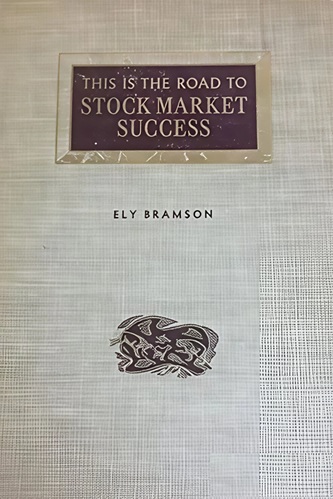

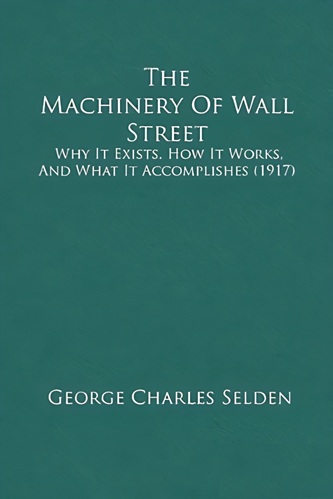

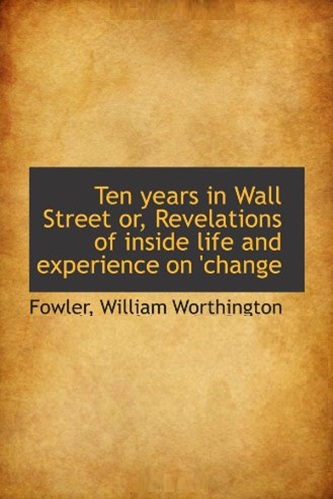
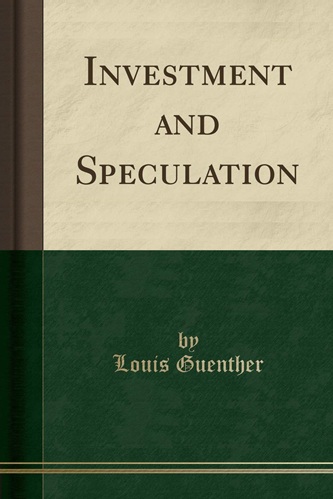
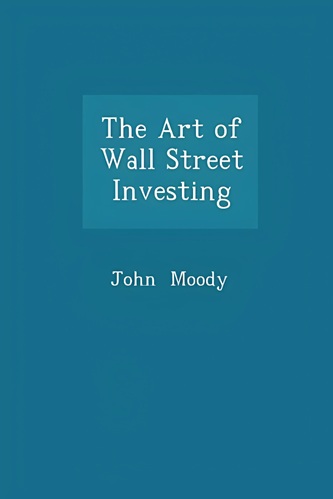
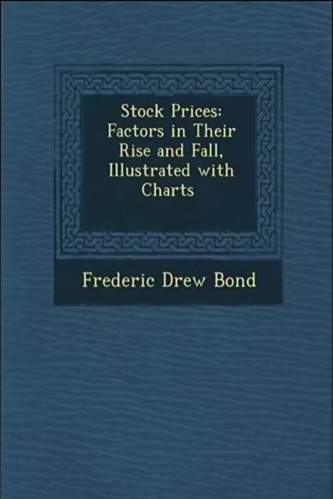
Paisleigh Nicholson (verified owner) –
Good read. Gets into specifics unlike other books which can be vague as hell.
Dante Vance (verified owner) –
As a 19 year old interested in Finance, I found this book to be informative and engaging. For individuals like my self that may not be too concerned about retirement age, the book seemed mundane at times. Overall a good book with a plethora of knowledge.
Valery Castillo (verified owner) –
Lots of good antedotes, but too cynical at times.
Maxine Bryan (verified owner) –
GREAT
Murphy Adkins (verified owner) –
Quick read marred by being elementary but gave it away to someone who was convinced by christian radio that he had a sure-fire way to make money at options trading. one born every etc.
Faye Kelley (verified owner) –
Great read
Tyson Graves (verified owner) –
Interesting. Worth the read
Kai Frederick (verified owner) –
Starts off with fun history, but the deeper you go …. Hopefully a eye opener, life saver, to the gambler type investor.
Rodrigo Arellano (verified owner) –
For general knowledge or to complement your academic course. A clear path to understanding the stock market and its history.
Weston Felix (verified owner) –
Excellent advice.
Sariyah Bush (verified owner) –
It was meant to be pristine, but it was not. Still, an OK quality. Approved!
Malik Correa (verified owner) –
excellent book
Elle Russell (verified owner) –
Must read.
Jaxtyn Elliott (verified owner) –
Best book I ever read about investing, and I’ve read a few. Still keeps me from pulling out when the market falls.
Lily Schmitt (verified owner) –
To clear up what some readers misconceive, I found the author’s summary at the end of Ch. 4 helpful: “Probably more so than any other chapter in the book, this review of the Internet [sic] bubble seems inconsistent with the view that the stock market is rational and efficient. The lesson from this chapter, it seems to me, is not that markets occasionally can be irrational and, therefore, that we should abandon the firm-foundation theory. Rather, . . . in every case, the market did correct itself. The market eventually corrects any irrationality . . . .” So in short, Malkiel acknowledges the market temporarily becomes irrational but eventually corrects such irrationality; thus, the market eventually acts rational.
In my view, even if the market eventually acts rational, the market acts inefficiently as Malkiel admits: “markets occasionally can be irrational.” As Malkiel points out, the market acted irrationally for years by over valuing internet stocks during the late 1990’s. A market that fails to rationally value companies for years acts inefficiently.
So far, I like the book and take away its points. However, that does not mean I changed my thinking. As I pointed out in the example above, Malkiel’s points strengthen by view: at times, the markets act irrational. Because at times, the markets acts irrationally, the market is inefficient. Because the market is inefficient, investors who understand the inefficiency can consistently produce a return greater than the market. Read the Market Wizard series where Jack Schwager interviews investors who have done so.
Noelle Thornton (verified owner) –
Realistic and well supported equity investment perspective. The book stands the test of time illustrated by the significant number of new editions each with same foundational advice.
Emelia Davidson (verified owner) –
Burton’s philosophy that the market is un-tradeable has long been disproven. When Burton first wrote this tome, he did not have the computing power we have today. He lifted weekly prices from the Wall St. Journal and tested a few stocks on mainframes running punch cards. Burton never knew the secrets of successful trading, and therefore never knew how to test for it and trade like a seasoned professional. So, like a poor sport, he declared it could not be done and published this depressing book. But in the last 33 years, books like Market Wizards, One Up on Wall St, How to Make Money in Stocks by O’Neil, and scores of traders who have consistently won the US Investing Championships have provided audited evidence that technical analysis indeed does work and that Burton’s claims are false. Traders can and do beat the market on a regular basis, and many have made tens of millions and some hundreds of millions (Richard Dennis, William Ekhart, with audited results). Burton’s buy and hold methods are passable if you just want to keep pace with the market and don’t want to do any work. It’s called passive investing and you’ll get out of it as much as you put into it. And that’s fine. But don’t believe him when he says technical analysis doesn’t work. Years ago, James Randi, the famous debunker of fraudulent paranormal claims, showed the weakness of PhDs. He proved a group of Ph.D’s who had validated Uri Geller and authenticated he could read minds and bend keys with his brain were indeed tricked by Geller. The PhDs didn’t know the craft of the illusionist, and were unable to detect his tricks. It’s the same with PhDs claiming technical analysis doesn’t work, but in reverse. They don’t know the craft of trading, which takes years to learn. They run a few unskilled back-tests with sloppy exit rules, get sour results, then proclaim it can’t be done. When the evidence of the many successful traders appears, they disingenuously dismiss their success by saying that a few players are bound to win. Nonsense. Not the same people in repeated trading, year after year after year, accumulating fortunes. My advice to you is after reading this depressing, uninspiring and deflating book, pick up Market Wizards by Jack Schwager, and get inspired again. I’ve become a millionaire twice in the stock market. If I can do it, you can too.